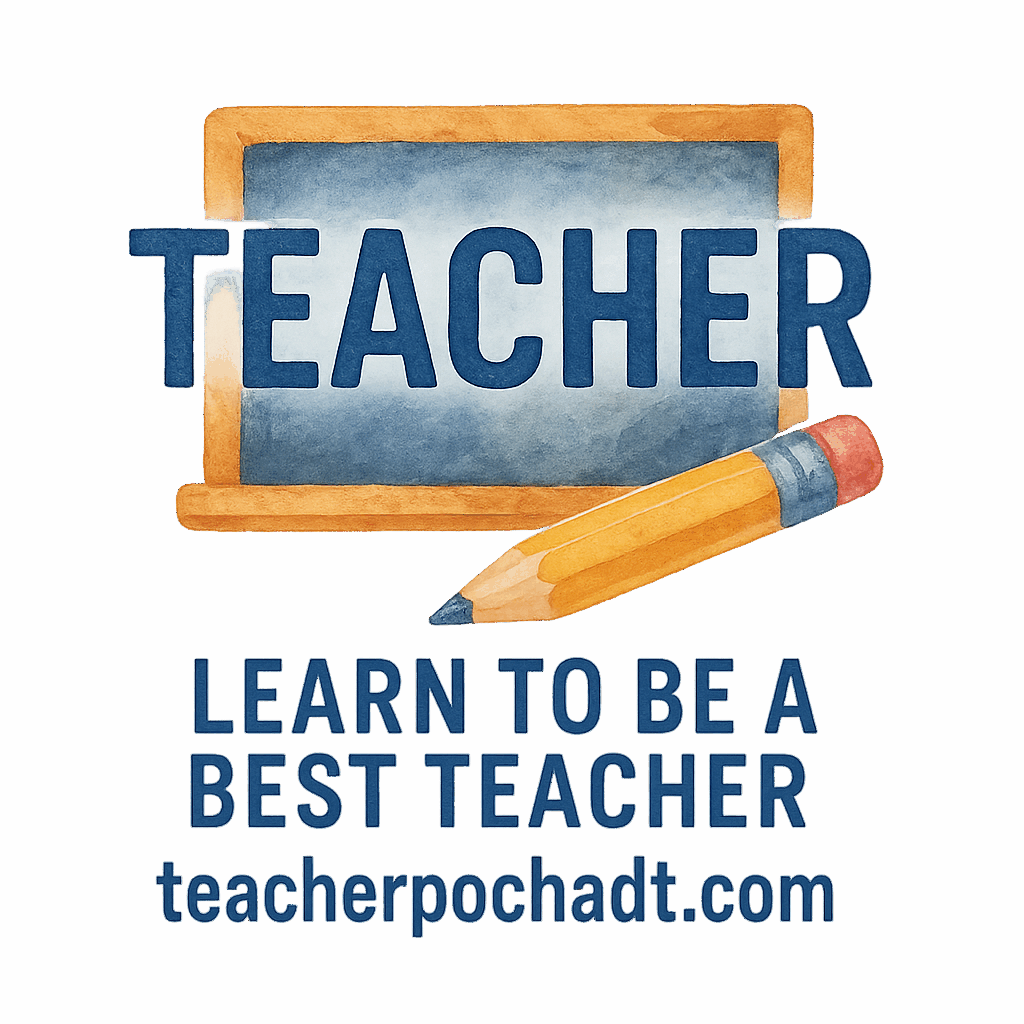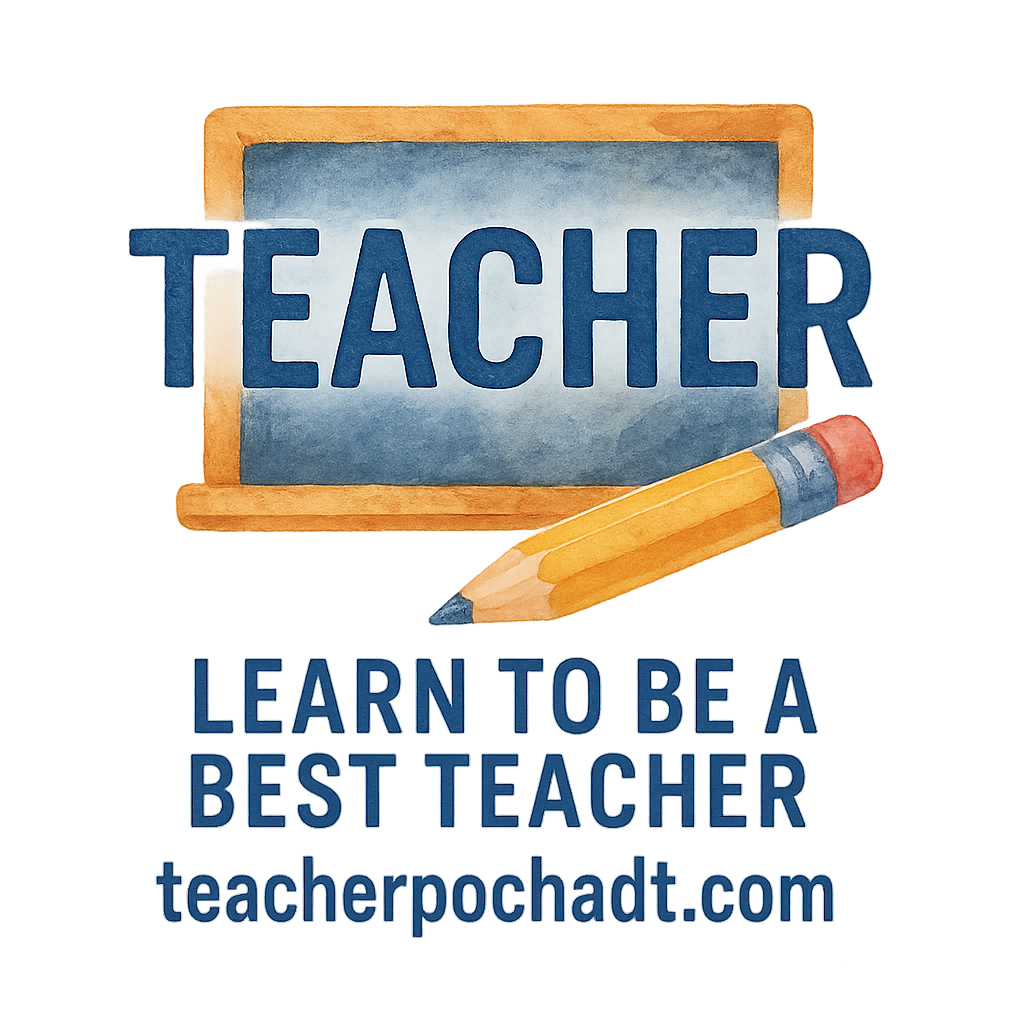Introduction: The Importance of Effective Teaching Strategies
When it comes to education, every teacher knows that having the right strategies in place can make all the difference. Whether you’re a seasoned educator or a new teacher just stepping into the classroom, knowing how to engage your students, maintain classroom discipline, and provide effective learning opportunities is key. In this article, we’ll explore 7 teacher strategies that boost learning in the classroom, ensuring a well-rounded, dynamic approach to teaching.
As educators, we must adapt and innovate continuously to meet our students’ needs. The strategies we’ll cover here are rooted in research and experience, making them practical for everyday classroom settings. So, let’s dive in!
What Makes a Teacher Strategy Effective?
Before jumping into specific strategies, it’s important to understand what makes a teaching strategy truly effective. At its core, an effective strategy should be:
- Engaging: Students must feel involved in their learning.
- Relevant: The strategy should meet the needs of students at different levels.
- Flexible: It should work across a range of subjects and student types.
- Reflective: Teachers should continuously improve the strategy based on feedback and outcomes.
Now, let’s explore the strategies that can truly boost learning in the classroom.
1. Differentiated Instruction: Tailoring Lessons for Every Learner
One of the most effective strategies to ensure that all students thrive is differentiated instruction. This approach involves tailoring teaching methods to accommodate the diverse learning styles, abilities, and interests of your students.
Why Differentiated Instruction Matters
Every classroom is a melting pot of students with different learning speeds, preferences, and backgrounds. If we teach everyone the same way, we risk leaving some students behind. Differentiated instruction allows us to meet students where they are, giving them the support they need to succeed.
How to Implement Differentiated Instruction
Here’s how to differentiate your teaching:
- Vary your teaching methods: Use a combination of lectures, group discussions, hands-on activities, and visual aids.
- Offer choices: Give students options in how they demonstrate their learning. For example, allow them to choose between writing an essay or creating a video project.
- Adjust the pace: Some students need more time on certain topics, while others may progress faster. Provide extension activities for advanced learners and extra support for struggling students.
- Utilize flexible grouping: Group students based on their strengths, weaknesses, or interests. Change up the groups regularly to encourage collaboration.
For more insights on building a differentiated classroom, check out these strategies for Classroom Management.
2. Active Learning: Engaging Students in the Process
Gone are the days of passive listening in the classroom. Active learning is about involving students in their learning process. When students are actively engaged, they are more likely to retain information and develop critical thinking skills.
The Role of Active Learning in Student Success
Active learning not only makes lessons more interactive but also enhances comprehension. Instead of just hearing information, students are doing something with it. They engage, apply, and reflect on the knowledge they gain. This deepens their understanding and helps build skills they can use beyond the classroom.
Popular Active Learning Techniques
- Think-Pair-Share: Students think about a question, discuss it with a partner, and then share with the class.
- Peer Teaching: Allow students to teach each other; this reinforces their own understanding.
- Problem-Based Learning: Present students with real-world problems and let them work together to find solutions.
To learn more about fostering student engagement through active learning, explore Student Engagement.
3. Classroom Management: Building a Positive Learning Environment
A positive learning environment is the foundation of successful teaching. Classroom management isn’t just about discipline—it’s about creating an atmosphere where students feel safe, respected, and motivated to learn.
Strategies for Effective Classroom Management
- Set Clear Expectations: At the start of the year (or semester), outline your rules and expectations. Make sure students know exactly what’s expected of them.
- Consistency is Key: Be consistent in applying rules and consequences. Students thrive on routine.
- Positive Reinforcement: Reward students for good behavior, and encourage them when they meet classroom goals.
- Create a Welcoming Space: Your classroom should feel like a community, where students feel comfortable participating.
How Classroom Management Supports Learning
Effective classroom management ensures that students can focus on learning rather than being distracted by disruptions. A well-managed classroom fosters an environment where all students can thrive academically and socially.
For further tips on creating a harmonious classroom environment, read more about Classroom Culture.
4. Formative Assessment: Real-Time Feedback for Student Growth
Formative assessments are assessments conducted during the learning process, not just at the end. They offer valuable insights into how well students understand the material and where they may need additional support.
The Power of Formative Assessments
- Identify Gaps in Understanding: Formative assessments help pinpoint areas where students are struggling.
- Adjust Instruction: Based on assessment results, you can adjust your teaching strategies or provide additional resources.
- Involve Students: Use assessments to guide students’ self-reflection and goal-setting.
How to Effectively Use Formative Assessment
- Quick Polls or Quizzes: Use online tools or paper quizzes to gauge students’ understanding.
- Exit Tickets: At the end of a lesson, ask students to write down one thing they learned and one question they still have.
- Observation: Regularly observe students’ participation and understanding during activities.
For more on using formative assessments to improve student learning, check out this resource on Teaching Skills.

5. Collaborative Learning: Encouraging Peer Interaction
Learning doesn’t happen in isolation. Collaborative learning promotes peer-to-peer interaction, where students work together to solve problems, discuss ideas, and learn from each other.
The Benefits of Collaborative Learning
- Improved Communication Skills: Students learn how to express their ideas and listen to others.
- Critical Thinking: Working in groups allows students to explore multiple perspectives, enhancing their analytical skills.
- Increased Engagement: Students are often more motivated to learn when they collaborate with their peers.
Effective Group Activities for Students
- Group Projects: Assign tasks that require students to collaborate, research, and present findings together.
- Debates: Organize debates on relevant topics, encouraging students to critically engage with diverse viewpoints.
- Jigsaw Method: Divide a topic into sections, and assign each group member a section to research. Then, they come together to share their findings.
For more on fostering collaboration in your classroom, take a look at Class Activities.
6. Technology Integration: Enhancing the Learning Experience
Technology is a powerful tool for boosting classroom learning. Technology integration can make lessons more engaging, interactive, and accessible.
How Technology Can Transform Teaching
- Access to Resources: Students can access an endless array of resources online, from educational videos to research articles.
- Interactive Tools: Technology allows for interactive lessons through quizzes, simulations, and educational games.
- Differentiation: Technology can help teachers cater to different learning styles. For example, students who struggle with reading can use text-to-speech software.
Effective EdTech Tools for the Classroom
- Google Classroom: A platform to distribute assignments, provide feedback, and communicate with students.
- Kahoot!: An interactive game-based learning tool that makes quizzes fun and engaging.
- Flipgrid: A platform where students can record and share short videos on a topic, promoting communication and reflection.
For more on how to use technology in the classroom, refer to the Teacher Tech section.
7. Reflective Practice: Continuously Improving Teaching Skills
Finally, reflective practice is about continuously evaluating and improving your own teaching methods. Great teachers don’t just reflect on student outcomes; they also reflect on their own actions and strategies to ensure they’re always improving.
Why Teacher Reflection Matters
Reflection helps teachers identify what works and what doesn’t, which is crucial for personal and professional growth. It also shows students that learning is a lifelong process—even for their teachers!
How to Incorporate Reflective Practices
- Self-Assessment: Regularly assess your teaching methods and their effectiveness.
- Peer Observations: Observe colleagues’ lessons and invite them to observe yours. Share feedback and tips for improvement.
- Journaling: Keep a teaching journal to track your successes and challenges.
For more on the power of teacher reflection, explore the Teacher Reflection resource.
Conclusion: The Road to Better Learning Outcomes
In conclusion, by incorporating these 7 teacher strategies that boost learning in the classroom, you’re not only enhancing student outcomes but also fostering a more engaging, positive, and dynamic classroom environment. Remember, teaching is an evolving process, and the strategies we discussed here should be adapted and modified based on your unique classroom needs.
FAQs
- What is differentiated instruction?
Differentiated instruction tailors teaching methods to the different learning needs, styles, and abilities of students. - How does active learning help students?
Active learning engages students by making them participate in their learning, leading to deeper understanding and better retention. - Why is classroom management important?
Effective classroom management creates a positive environment where students feel safe, respected, and motivated to learn. - What is formative assessment?
Formative assessment involves evaluating student learning during the lesson to identify areas that need improvement. - How can technology be integrated into the classroom?
Technology can enhance learning by offering interactive tools, educational resources, and ways to engage students. - What is collaborative learning?
Collaborative learning encourages students to work together to solve problems, fostering teamwork and communication skills. - How can I improve my teaching practices?
Reflective practice, such as self-assessment and peer observations, helps teachers continually improve their teaching strategies.


